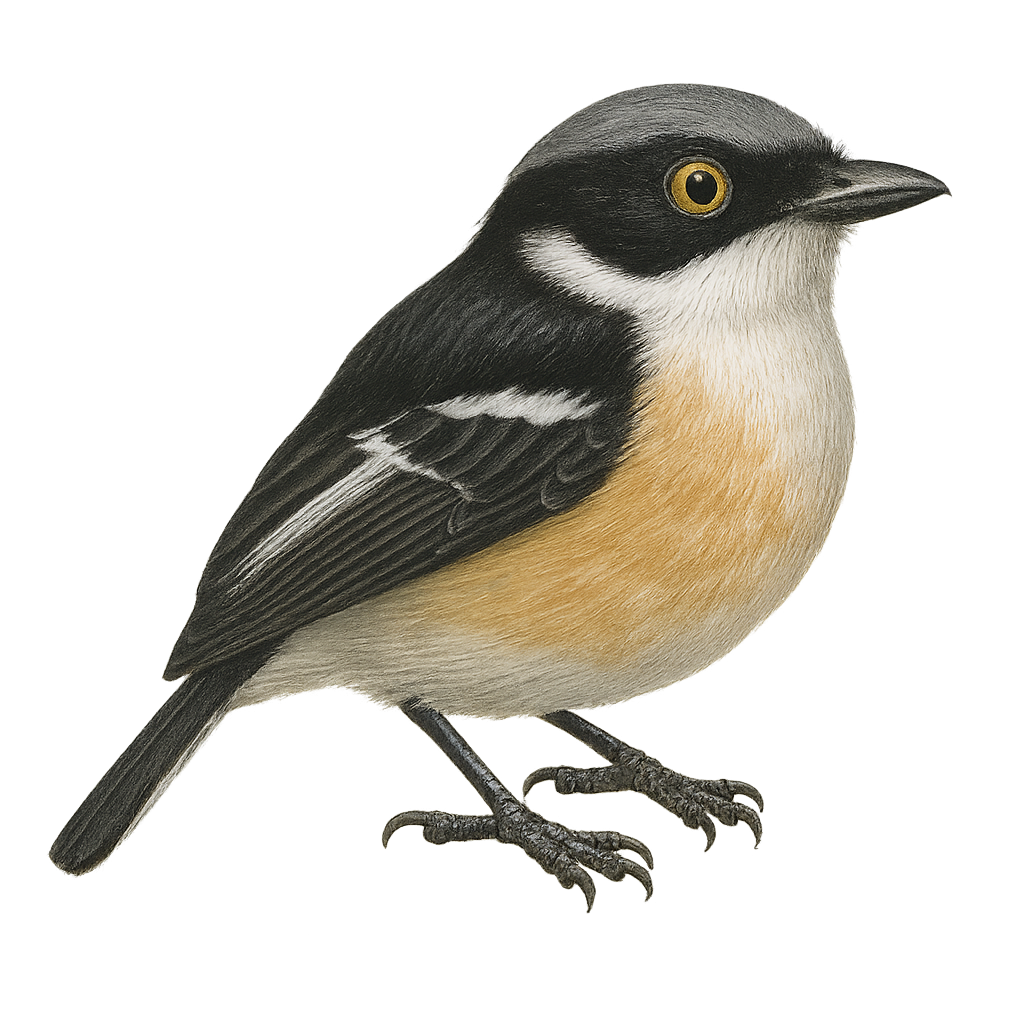Your wildlife photography guide.
Explore the brother's batis in detail, study its behavior, prepare your shots.
Where to observe and photograph the brother's batis in the wild
Learn where and when to spot the brother's batis in the wild, how to identify the species based on distinctive features, and what natural environments it inhabits. The WildlifePhotographer app offers tailored photography tips that reflect the brother's batis’s behavior, helping you capture better wildlife images. Explore the full species profile for key information including description, habitat, active periods, and approach techniques.
Brother's Batis
Scientific name: Batis fratrum

IUCN Status: Least Concern
Family: PLATYSTEIRIDAE
Group: Birds
Sensitivity to human approach: Suspicious
Minimum approach distance: 10 m
Courtship display: October to November
Incubation: 14-16 jours
Hatchings: October to December
Habitat:
Forests, wooded savannas, bushes
Activity period :
Primarily active during the day, with peak activity in the morning and late afternoon.
Identification and description:
The Brother's Batis is a small passerine bird belonging to the Platysteiridae family. It is mainly found in the forests and wooded savannas of East Africa, particularly in Tanzania and Kenya. This bird is characterized by its striking black and white plumage, with a distinctive black breast band. Males and females exhibit sexual dimorphism, with females having browner tones. The Brother's Batis is an active insectivore, often seen catching insects in flight or searching for them on branches. Its song plays a crucial role in territorial and courtship behaviors.
Recommended lens:
400 mm – adjust based on distance, desired framing (portrait or habitat), and approach conditions.
Photography tips:
To photograph the Brother's Batis, it is advisable to use a telephoto lens of at least 400mm to capture detailed images without disturbing the bird. Look for areas where it is active, such as forest edges or wooded savannas. Be patient and discreet, as this bird can be suspicious. Use a tripod to stabilize your camera and wait for the right moment to capture its natural behavior, especially when it is singing or hunting insects.
The WildlifePhotographer App is coming soon!
Be the first to explore the best nature spots, track rutting seasons, log your observations, and observe more wildlife.
Already 1 432 wildlife lovers subscribed worldwide

